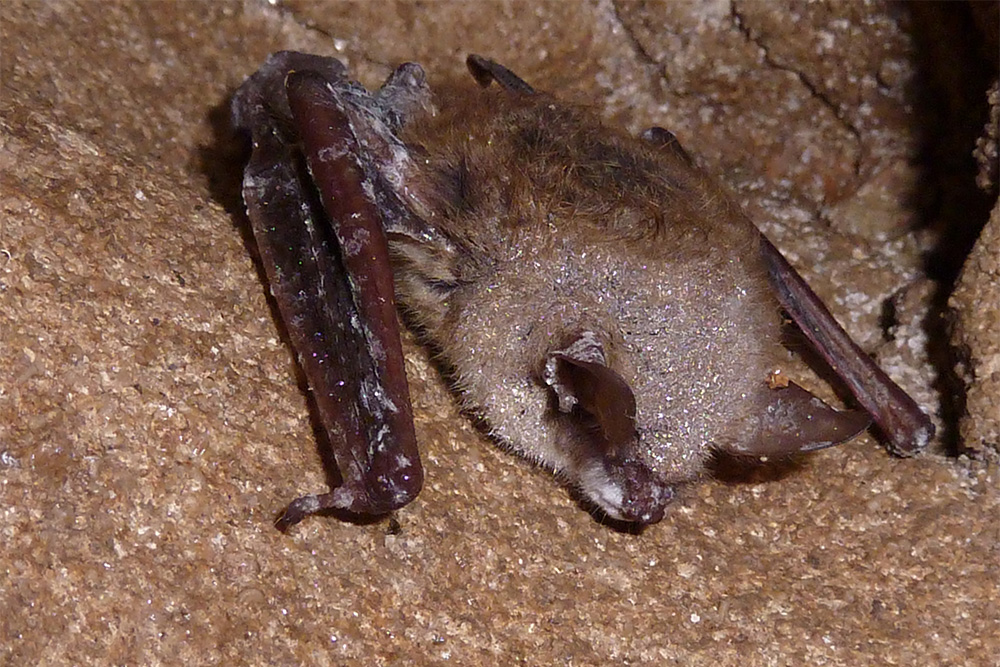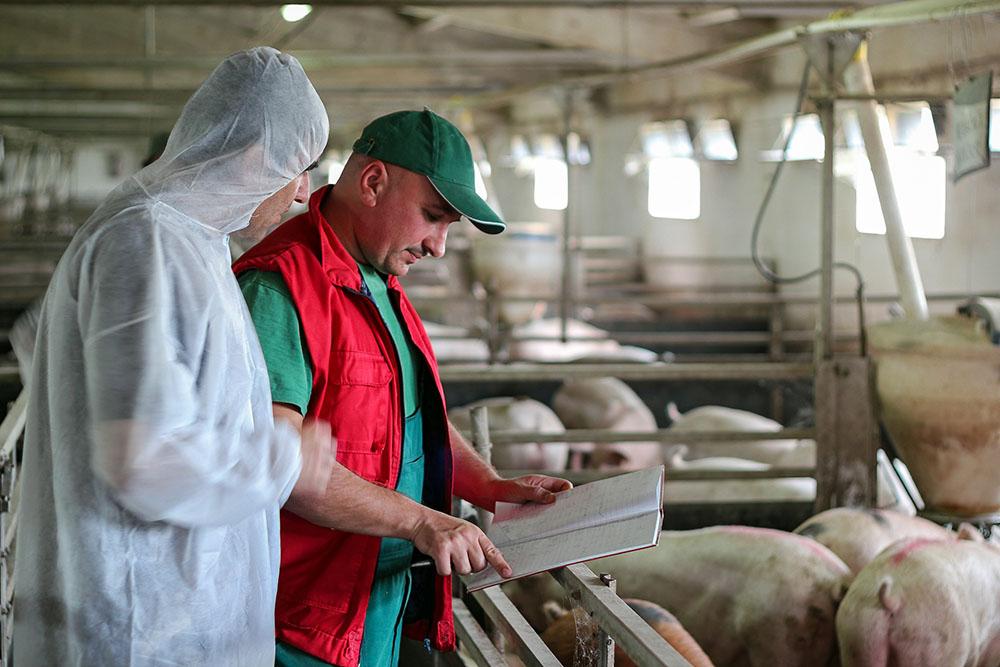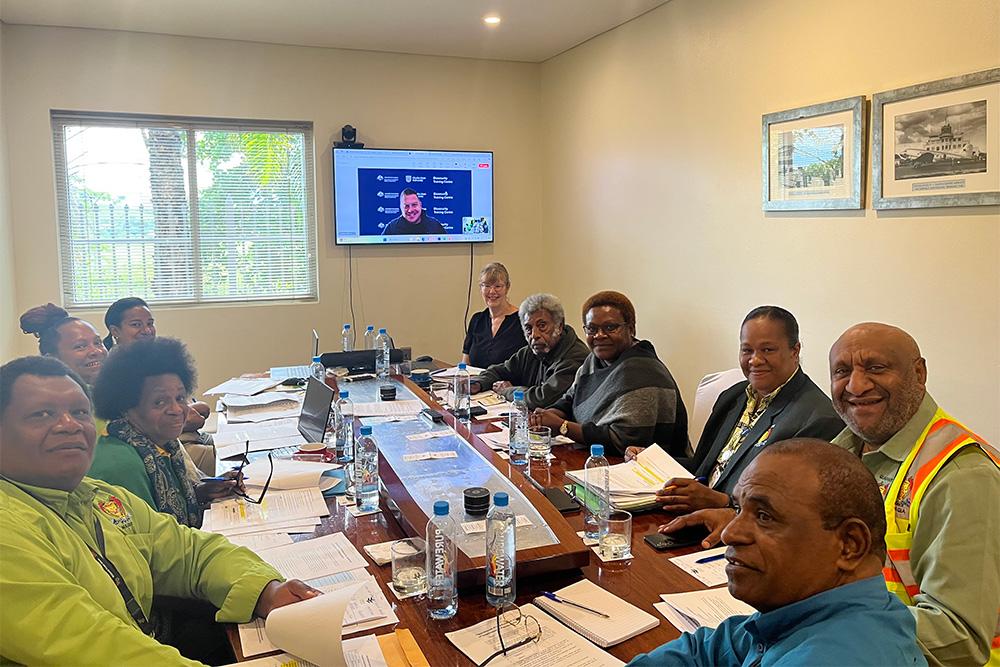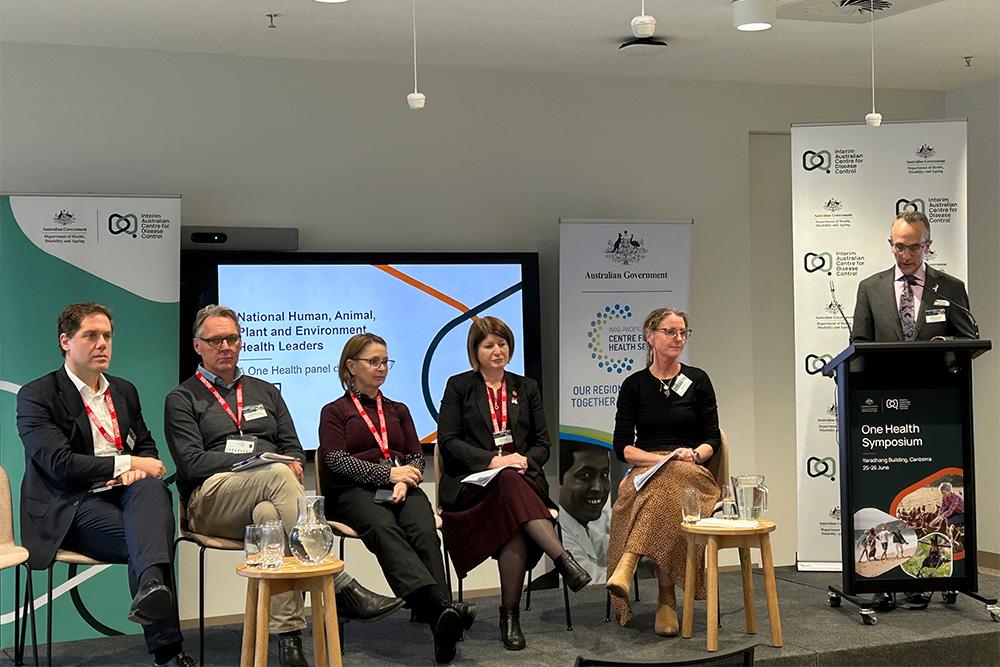Pseudogymnoascus destructans
White-nose syndrome (WNS) is one of Australia’s higher-risk exotic environmental diseases. WNS is a fungal disease that affects hibernating bats, leading to high mortality.
First recorded in New York bats in 2006, the disease has since spread across the United States and Canada. Since then, it has been found on bats in Europe and Asia. At some locations, 90 to 100 percent of bats have died.
The fungus, which looks like white fuzz, grows on their muzzles, ears and wing membranes. When bats are hibernating, they are more susceptible to infection and disease.
It is thought that the fungus causes bats to wake from hibernation early, become active and do unusual things like fly outside in the daytime during winter. The bats then use valuable stored energy and can’t refuel as their food sources are not available during winter.
White-nose syndrome has not been identified in Australia, however it poses a significant risk, particularly to threatened species facing multiple impacts to their survival.
People do not get white-nose syndrome, but spores from the fungus can last a long time on surfaces such as clothes, shoes and outdoor gear, so we can unknowingly move the fungus from one place to another.
Caving is an increasingly popular sport or hobby, attracting international travellers to Australian caves. Cavers perform a vital role in protecting Australia from white-nose syndrome. It is important that cavers returning or entering Australia from overseas are aware of the risk of carrying the fungus into Australia. All travellers should declare on their incoming passenger card if they have been in contact with wilderness areas including farms, farm animals, or freshwater streams/lakes in the last 30 days. However, they should also disinfect their clothing, footwear and caving gear before arriving in Australia.
There is no cure for white-nose syndrome, but scientists from all over the world are working together to study the disease, how it spreads and infects bats and what we can do to control it.
White-nose syndrome is a national notifiable disease and must be reported to agricultural authorities.
If you think you have found white-nose syndrome:
- Do not touch infected bats
- Take a photo (screenshot your map app or enable geotagging on your phone)
- Report a pest or disease concern—contact your state or territory authority
- Call the Emergency Animal Disease Watch Hotline: 1800 675 888.
More information:
Email: acebo@aff.gov.au
Web: https://www.agriculture.gov.au/biosecurity-trade/policy/environmental/priority-list
References:
- Study Focused on Bats and Disease-causing Fungus | ODWC
- White-Nose Syndrome
- Exotic White-nose syndrome fact sheet




